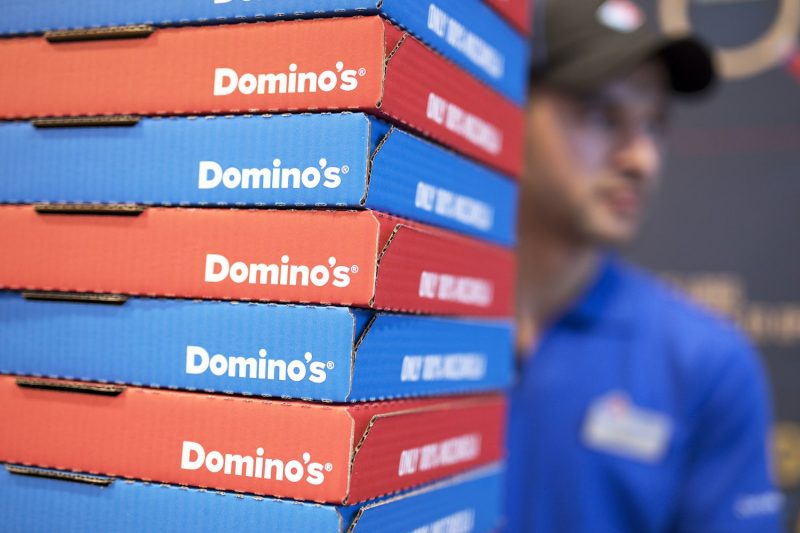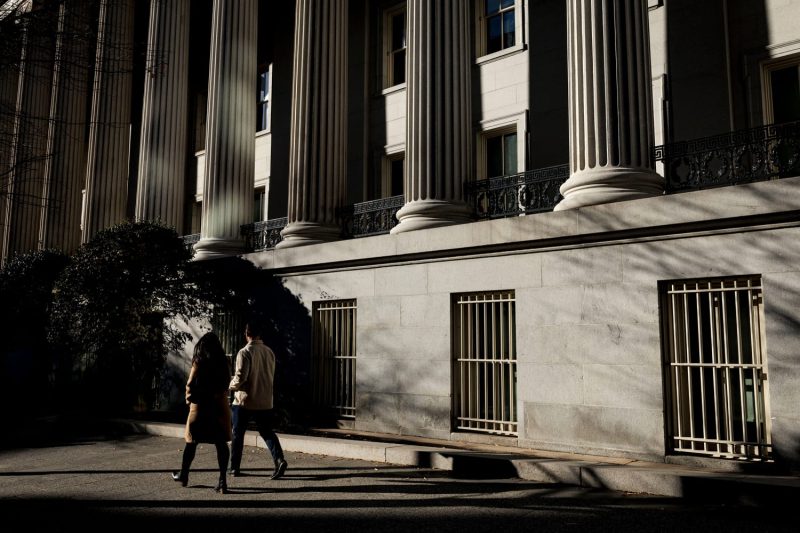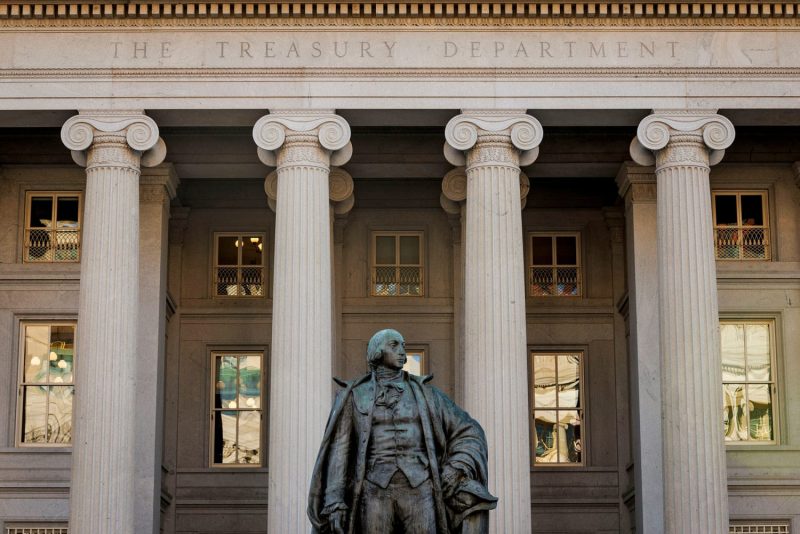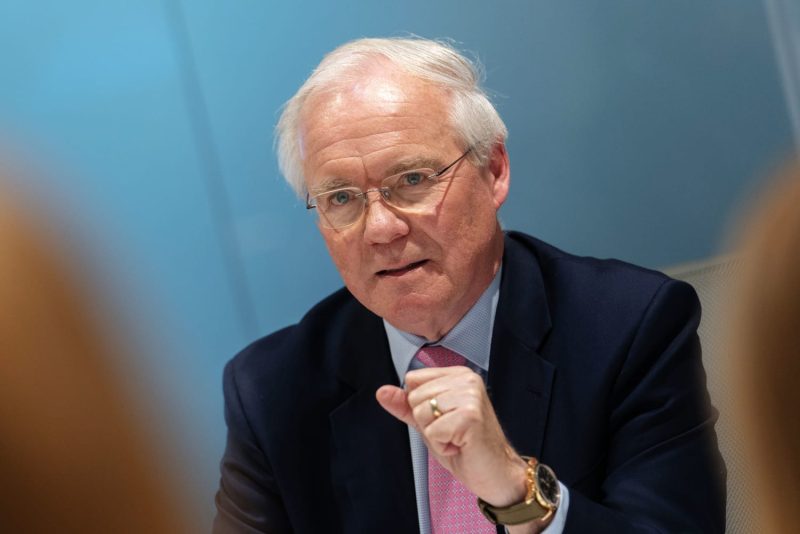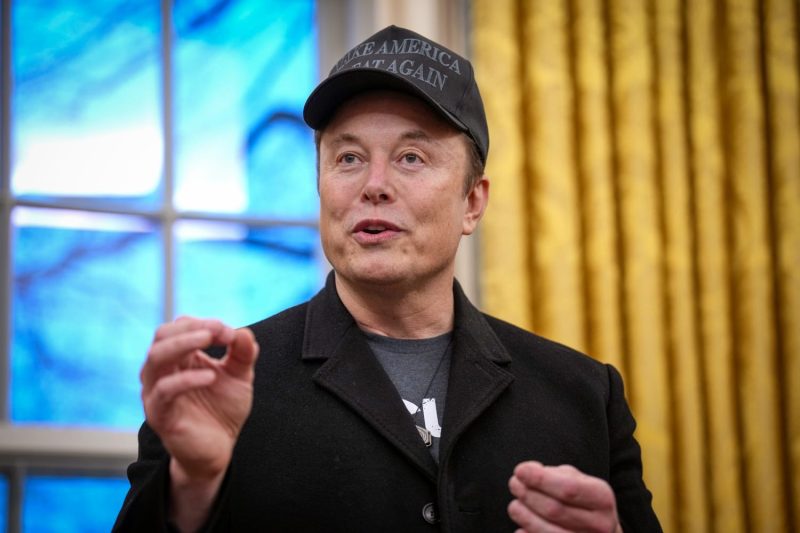
Sonic the Hedgehog may be able to run faster than the speed of light, but his film franchise nearly came to a screaming halt in 2019.
A less-than-three-minute trailer released early that year to tease the film’s release, which was just six months away, was widely panned by fans who took to social media to rail against Paramount’s character design. Dubbed “Ugly Sonic,” the blue creature that appeared on film was a far cry from the iconic video game speedster.
Cinematic Sonic, version 1, had more realistic facial features, including human-like teeth, and his body proportions were deemed inconsistent with the character fans grew up with in the ’90s.
“The trailer goes out, and I think it became the most viewed trailer in the history of Paramount Pictures. Which is amazing,” said Toby Ascher, who acquired the rights to Sonic and produced the film franchise. “The only problem was that 90% of people hated the trailer because of the design of Sonic.”
“All of a sudden we went from trying really, really hard to make a really, really faithful video game adaptation to being next in line of the people who had ruined video games for everyone. It just was a disaster of epic proportions,” Ascher added.
The studio pivoted, opting to redesign the title character and push the film’s release back three months to February 2020. The fix cost Paramount around $5 million but resulted in a franchise that has generated nearly $1.2 billion at the global box office. The studio hopes to build on that momentum with a fourth installment in the film franchise, set to debut in 2027.
“The Sonic franchise owes its box office success and longevity to a monumental decision early in the development of the first films’ marketing campaign,” said Paul Dergarabedian, senior media analyst at Comscore. “A re-design of a main character is no small thing. … These decisions can make or break what is every studio’s dream of having a single film turn into a long-term revenue generating franchise. The return on investment by turning an ‘ugly’ Sonic into a beautiful revenue generating franchise is undeniable.”
Ascher first acquired the rights to Sonic the Hedgehog in 2013, a time in Hollywood when video game-inspired films had failed to resonate with audiences.
“When we first started working on Sonic, making a video game adaptation was, like, a really bad idea,” he told CNBC.
No film based on a video game property had, to that point, managed to earn a positive rating from review aggregator Rotten Tomatoes. It wasn’t until 2019 that a video game-based film generated a “fresh” rating on the site, indicating more than 60% positive reviews.
“I don’t think anyone in town really thought making a Sonic movie was a good idea,” Ascher said. “But, I think our strategy was that we had grown up with these games. We’ve grown up with these characters, and we wanted to treat them like any other character. We wanted to give them real emotional arcs, and real emotional stories where you could relate to them.”
Ascher noted that previous video game adaptations typically focused on worldbuilding rather than character development.
“What we’ve been able to do is inject into the franchise heart, and I think that that’s what’s made it different,” said Neal Moritz, Ascher’s producing partner and producer of franchises like “The Fast and the Furious” and “21 Jump Street.”
Both Ascher and Moritz noted that while the filmmaking team behind the first “Sonic the Hedgehog” film overhauled the main character’s design, the story remained pretty much the same.
The filmmaking team was blindsided by audiences’ reactions to the first trailer, but were resolute in trying to resolve the issue rather than shelve the film or release it in its current form.
Moritz said he made an “impassioned speech” to the heads of Paramount and Sega to allow the filmmakers to fix the mistake.
As Moritz recalls, he told executives: “We really screwed up here, but there’s an incredible amount of interest and what we need to do is fix it … We need some more money and we need some more time. If you give that to us, I think we could turn this thing around.”
“I give both Paramount and Sega a lot of credit,” Moritz said. “They said ‘OK.’”
In the redesign, the team brought back Sonic’s iconic white gloves and classic red shoes. They reinfused the character with some of his cartoon roots, and six months after the first trailer, Paramount released a new iteration.
“The fans saw that we were trying to be really genuine in our love for this franchise,” Ascher said, noting that in the wake of the first trailer the team began engaging more with fans and focus groups to drum up feedback and inspiration.
The new trailer was well-received by fans, and three months later “Sonic the Hedgehog” opened to $58 million at the box office. The feature went on to collect $146 million domestically before the pandemic shuttered theaters. Globally, it pulled in $302 million.
The Sonic franchise has continued to thrive in the following years, with each follow-up feature outperforming the last.
“Sonic the Hedgehog 2” snared $190 million domestically and $403 million globally, while “Sonic the Hedgehog 3″ tallied $235 million stateside and $485 million worldwide.
“That’s a big jump,” said Marc Weinstock, Paramount’s president of worldwide marketing and distribution. “I get excited that every new movie does better than the last one, which is rare.”
Following the success of the second “Sonic” film, the studio’s then-president and CEO of Paramount Pictures, Brian Robbins, greenlit a “Knuckles” series based on the franchise for the company’s streaming service, Paramount+, as well as a third Sonic film.
Sonic was becoming multi-platform, much like Robbins and Paramount had done for franchises like “Teenage Mutant Ninja Turtles,” “A Quiet Place,” “Spongebob Squarepants” and “Paw Patrol.”
The “Knuckles” show generated more than 11 million global viewing hours in its first 28 days on Parmount+.
The theatrical success also rocketed Sonic from a $70 million licensing business to one that generates more than $1 billion in retail revenue annually, according to Ivo Gerscovich, Sega’s senior vice president and chief business and brand officer of Sonic the Hedgehog.
“The great thing about Sonic — and the success of Sonic from the very beginning — is that we basically have listened to the fans from day one,” Robbins, now co-CEO of Paramount, said. “The fans are fanatical about this franchise and love this franchise and know this franchise. Because of that, they’ve become really key in shaping the franchise … They evangelize it.”
Fans inspired the casting of Keanu Reeves as Shadow, an archrival of Sonic, in the third Sonic film. And the filmmaking team says it continues to look to fans to inspire which characters it will add to the films and series next.
Ascher and Moritz both teased that the fourth Sonic film with again feature a new fan-favorite character, but said the team will continue to expand the franchise’s universe at a slow pace.
“If all of a sudden we bring every character, they are not going to get the time that the audience needs to understand them and relate to them and really fall in love with them,” Ascher said. “So, as we bring characters in, whether it’s film or it’s TV, the most important thing is that they have a good story that really showcases the character in an incredible way.”
Disclosure: Comcast is the parent company of NBCUniversal and CNBC. NBCUniversal owns Rotten Tomatoes and is the distributor of “The Fast and the Furious” films.



